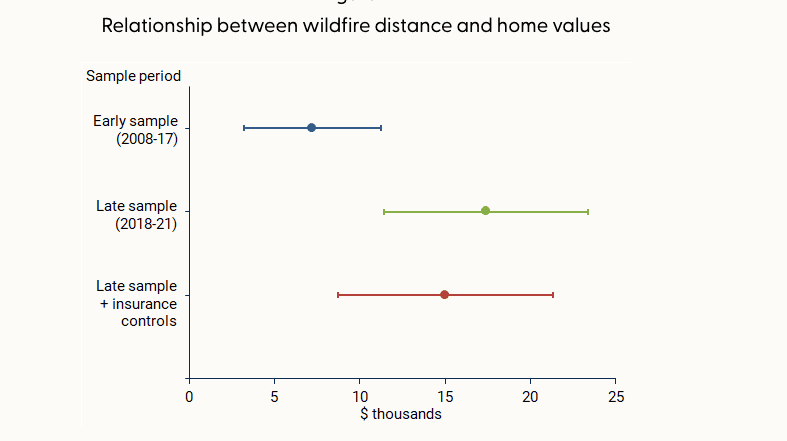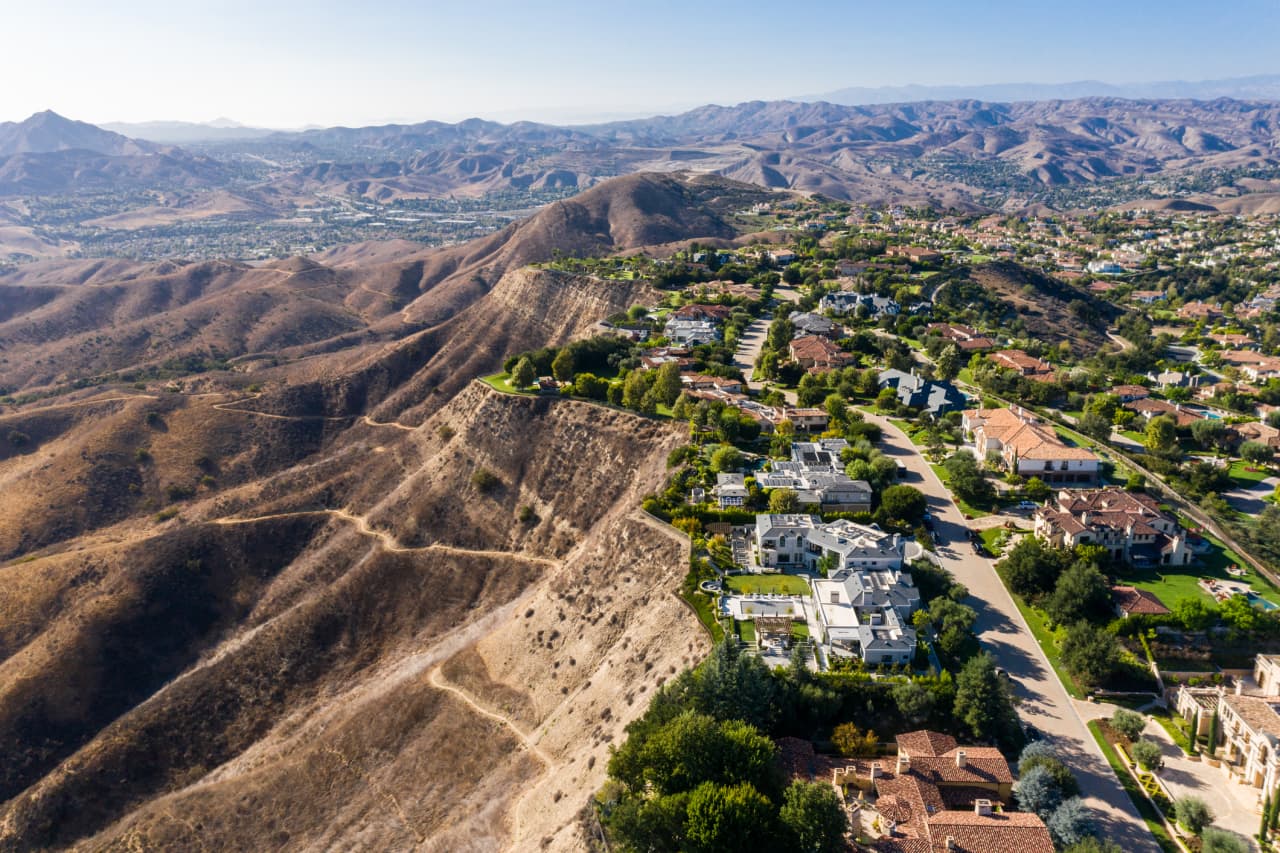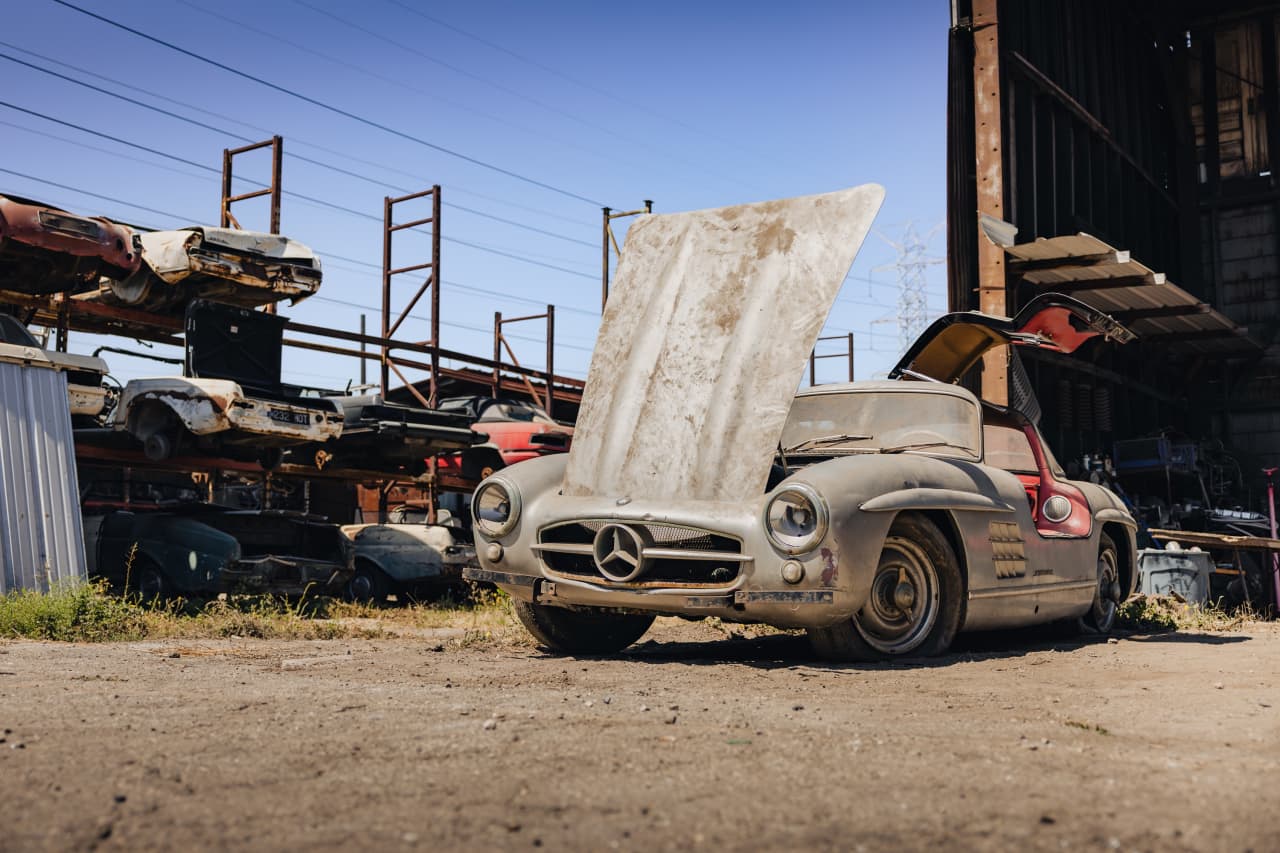Though golf courses offer long acres of lush grass, tall trees and rippling ponds, they’re not the most popular venues among environmentalists. Citing their effect on wildlife and the potential impact on a venue’s water table, those worried about conservation and sustainability find much to dislike on any 18-hole tract.
For more than a decade, 1995 U.S. Open champion Corey Pavin has worked to improve golf’s relationships with the world hosting it. Known as one of the more amiable and self-effacing players on the PGA Tour (and, currently, the Champions Tour), the 64-year-old native of Southern California remains one of the leading proponents of sustainability in golf.
During preparations to play the 2024 Senior PGA Championship at Michigan’s Harbor Shores—a course built on a reclaimed industrial dumping ground in Benton Harbor—Pavin explored what brought him into the sustainability movement and why he continues to push more environmentally responsible golf courses.
Penta : You claimed a Major Championship, won 15 times on the PGA Tour and captained a Ryder Cup team during four decades of professional golf. How did you find an interest in sustainability along the way?
Corey Pavin: I grew up in California, so recycling was always a big deal there before the movement expanded across the United States and around the world. So, I came into golf already aware of the need to recycle and look after the environment.
What brought you into a leadership position working toward environmental sustainability in golf?
I do most of this work due to my association with Dow Chemical. I’ve been with them for 15 years now, and they started a big program for sustainability and recycling. They’ve done a lot to make me aware of what needs to be done and helped me to reduce my own carbon footprint. … I also worked with the nonprofit GEO Foundation for Sustainable Golf, which is dedicated to making golf and the golf community ecologically friendly.
Have you found there to be tension between the sport of golf and the environmentalist movement?
I knew growing up the environmental effects of golf and golf courses was a huge concern and a cause of a lot of conversation. There were debates over the chemicals used on a course and how they can affect groundwater and other elements.
I think a lot of strides are being made with what materials get used on a golf course with an eye toward what effect they could have on the environment. There’s been a lot of work in the last two decades to make courses less harmful.
What advancements have golf operations made in course design, building, and management?
First of all, there’s been a push for years now with course designers to avoid bringing in any outside species such as grass or other plants that could change the ecology of an area. You’re seeing so many more courses now that use only native elements. There’s also been a lot of strides made on how courses are maintained, what grasses they use, and how the greens crews treat the grasses.
Is it difficult to balance environmental factors with efforts to provide a quality golf course?
You want to design and build a quality course and keep it in good shape, but we have the means now to eliminate negative environmental impact from a golf course being built or operating. For example, concepts such as using recycled, non-potable water for the grass or choosing salt-resistant grasses that can be fed with brackish seawater keep fresh water preserved and entirely off the course.
Beyond water usage, what positive effects can a modern golf course have on the environment?
You also have to consider the adjacent land near a course. The presence of golf near a forest or marshland can lead to an effort to preserve that space that wasn’t a priority earlier.
Are you seeing efforts to update or reimagine golf courses built before the environmental movement came to the fore?
Yes, there are so many modification ideas a golf course can use to limit or reduce the amount of grass that needs to be watered. I’m seeing courses add natural waste areas of plants that require very little water or more sandy areas that require no water at all. Over the last decade, I’ve seen courses all around the world shifting to those designs. Beyond saving water, those ideas also reduce the amount of necessary maintenance and save energy.
Way back when, crews used to just bulldoze everything and transform an area into a course without giving thought of what that could do. Once it became clear that we could build golf courses that can involve more of the natural habitat and disturb much less of the natural environment that was already in place, I think it became obvious there was no reason to design or build courses any other way.
As a player, does it just make you happy seeing these sustainable changes?
I love seeing it, not just because I’m aware of how important clean water is, but because I’ve always liked golf courses that have a natural look to them.
The 2024 Senior PGA Championship was at Harbor Shores this year—a course developed on wetlands reclaimed from an industrial waste site. Could we see golf actually restoring the environment in cases like we find in Benton Harbor, Mich.?
I think that’s a great example of responsible course building and management. Initially, [Harbor Shores] was more a case of recycling and reclamation, but it operates now within those wetlands as a sustainable model. We can see more cases of dump sites becoming courses because you’re dealing with land that can’t really be used for much else. Once the ground is cleaned and treated, I can’t think of any better place to build a golf course because just the act of creating the venue cleans that garbage from the land.
We can now make golf courses that look like they were always supposed to be there from the beginning.
This interview has been edited for length and clarity.
 Copyright 2020, Dow Jones & Company, Inc. All Rights Reserved Worldwide. LEARN MORE
Copyright 2020, Dow Jones & Company, Inc. All Rights Reserved Worldwide. LEARN MORE
What a quarter-million dollars gets you in the western capital.
Alexandre de Betak and his wife are focusing on their most personal project yet.
Report by the San Francisco Fed shows small increase in premiums for properties further away from the sites of recent fires
Wildfires in California have grown more frequent and more catastrophic in recent years, and that’s beginning to reflect in home values, according to a report by the San Francisco Fed released Monday.
The effect on home values has grown over time, and does not appear to be offset by access to insurance. However, “being farther from past fires is associated with a boost in home value of about 2% for homes of average value,” the report said.
In the decade between 2010 and 2020, wildfires lashed 715,000 acres per year on average in California, 81% more than the 1990s. At the same time, the fires destroyed more than 10 times as many structures, with over 4,000 per year damaged by fire in the 2010s, compared with 355 in the 1990s, according to data from the United States Department of Agriculture cited by the report.
That was due in part to a number of particularly large and destructive fires in 2017 and 2018, such as the Camp and Tubbs fires, as well the number of homes built in areas vulnerable to wildfires, per the USDA account.
The Camp fire in 2018 was the most damaging in California by a wide margin, destroying over 18,000 structures, though it wasn’t even in the top 20 of the state’s largest fires by acreage. The Mendocino Complex fire earlier that same year was the largest ever at the time, in terms of area, but has since been eclipsed by even larger fires in 2020 and 2021.
As the threat of wildfires becomes more prevalent, the downward effect on home values has increased. The study compared how wildfires impacted home values before and after 2017, and found that in the latter period studied—from 2018 and 2021—homes farther from a recent wildfire earned a premium of roughly $15,000 to $20,000 over similar homes, about $10,000 more than prior to 2017.

The effect was especially pronounced in the mountainous areas around Los Angeles and the Sierra Nevada mountains, since they were closer to where wildfires burned, per the report.
The study also checked whether insurance was enough to offset the hit to values, but found its effect negligible. That was true for both public and private insurance options, even though private options provide broader coverage than the state’s FAIR Plan, which acts as an insurer of last resort and provides coverage for the structure only, not its contents or other types of damages covered by typical homeowners insurance.
“While having insurance can help mitigate some of the costs associated with fire episodes, our results suggest that insurance does little to improve the adverse effects on property values,” the report said.
While wildfires affect homes across the spectrum of values, many luxury homes in California tend to be located in areas particularly vulnerable to the threat of fire.
“From my experience, the high-end homes tend to be up in the hills,” said Ari Weintrub, a real estate agent with Sotheby’s in Los Angeles. “It’s up and removed from down below.”
That puts them in exposed, vegetated areas where brush or forest fires are a hazard, he said.
While the effect of wildfire risk on home values is minimal for now, it could grow over time, the report warns. “This pattern may become stronger in years to come if residential construction continues to expand into areas with higher fire risk and if trends in wildfire severity continue.”















